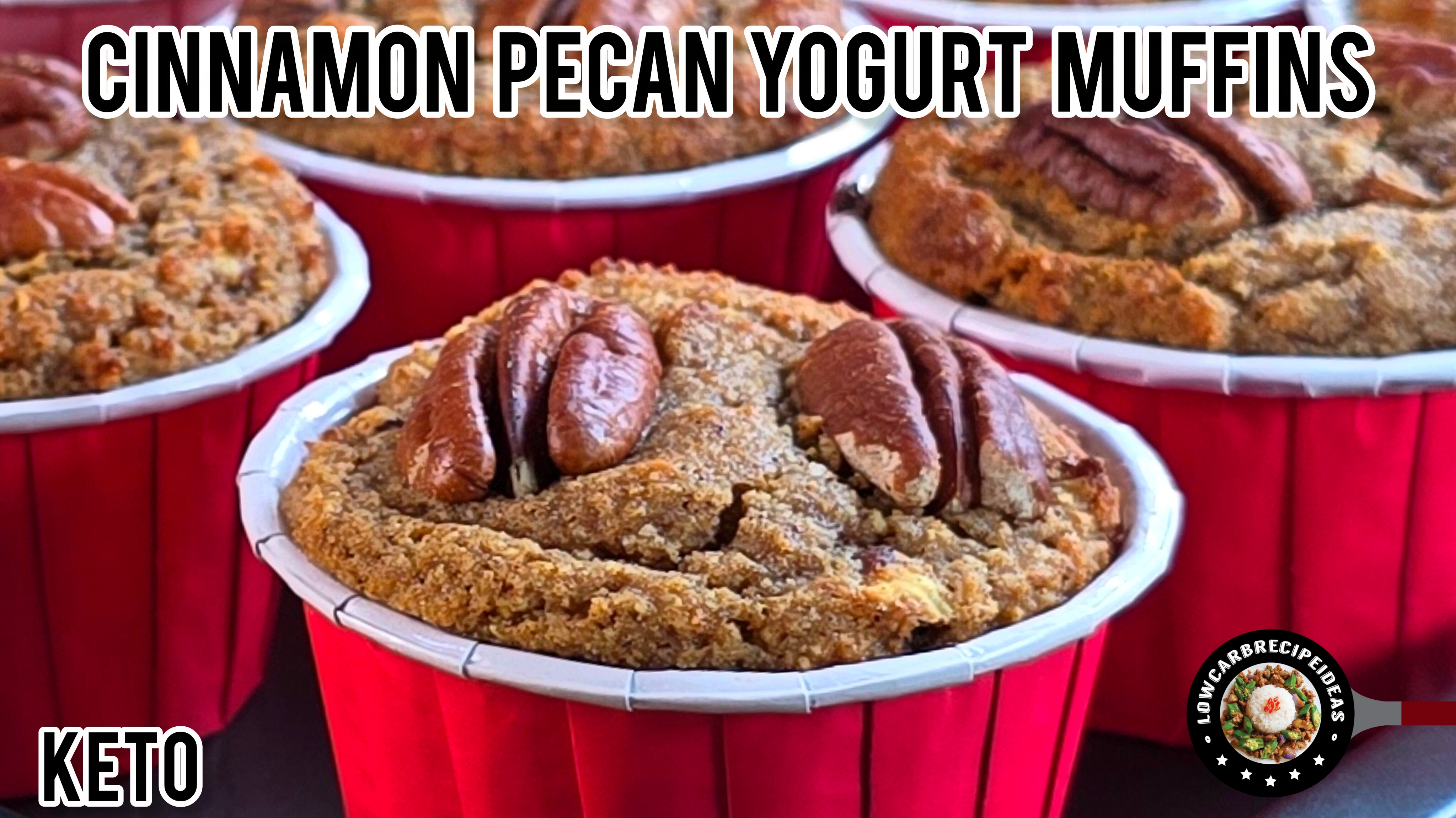Canning 101
In the past, I made and sold mango jams for five years. It was during this time that I learnt all about the canning process to preserve the jams naturally. This was probably the most challenging when I started this homemade business. I started with hot water bath for my fruit jams but as I added more products especially savory ones, I ventured into pressure canning to suit these products. Unfortunately, I sold off all my pressure canner so now I can only show you how to do water bath canning.
Canning Process
1. Wash and clean the jars, lids, rings or caps. If there are any cracks on the jars, do not use it.
2. Place a wire or rack inside the stock pot for the jars to sit on.
3. Place the empty jars inside the stock pot standing on the wire rack.
4. Fill the stock pot with water about 2 to 3 inches higher than the jars.
5. Bring the water to a boil then let it simmer while you start to cook the jam. This is not to sterilize the jars but just to keep them warm for the hot jams to avoid any cracks. It is not necessary to sterilize jars as the bacteria will be killed during the canning process.
6. Do not boil the lids, rings and caps. Just let it air dry after washing.
7. Once the jam is cooked, remove the empty jars from the stock pot. Drain the water first.
8. Fill the jams into the jars leaving a head space of ½ an inch or fill just up to the neck of the jars.
9. Use a plastic or wooden spoon to stir the jam to remove any air pockets.
10. Wipe the rim clean then cap the jar. If you are using lids and rings, place the lids on the rim then cover with the ring. Just close the cap finger tight and do not use any force. They will expand during the canning process.
11. Place the filled jars into the stock pot with water. Make sure that the water is about 2 to 3 inches higher than the jars. Cover and bring to a boil with high heat.
12. Once the water reaches a rolling boil, process the jars for about 15 mins for smaller jars and about 20 mins for bigger jars.
13. After the processing time, turn off the heat and remove the cover of the pot. Let the jars rest for 5 mins in the pot then only remove them.
14. Let the canned jars rest on a tray with a towel.
15. Check whether the jars are properly sealed.
16. If there are any unsealed jars, just refrigerate or reprocess within 24 hours.
n/a






